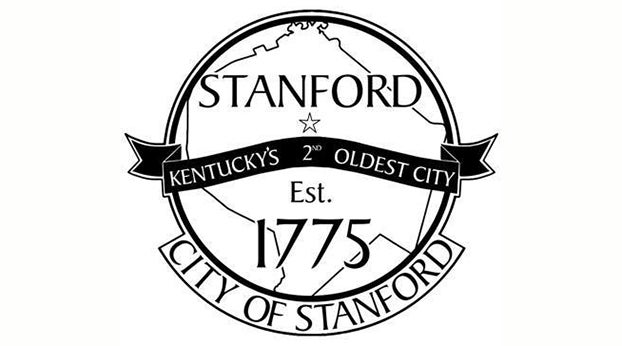Tale of two fires: Gatlinburg and Maui
Published 7:18 pm Wednesday, August 23, 2023

- The wildfires in Hawaii are similar to those that occurred in 2016 in Gatlinburg. Photo by Steve Roark
|
Getting your Trinity Audio player ready...
|
BY STEVE ROARK
Contributing Columnist
The heartbreaking scenes of the fire in Hawaii have brought back a flood of memories of the Gatlinburg wildfire in 2016, which I witnessed firsthand as a wildland firefighter for the Tennessee Forestry Division. I have researched the conditions and timeliness of the fire that destroyed Lahaina, and there are many similarities between the two fires worth comparing.
• Dry conditions: Lahaina is located on the east side of a big mountain called Pu’u Kukui, which is over a mile high. Rain clouds are brought in from the west by prevailing trade winds, and they get all their moisture squeezed out of them working their way over such a tall mountain, and so the east side gets little rain and has a dry climate. At the time of the Lahaina fire the area was designated as abnormally dry. Gatlinburg in 2016 had been in a three-year rainfall deficit and had an extreme drought designation. All wildland fuels in these conditions can ignite very easily and burn hotter
• Flashy fuels: These are fuels that ignite easily and burn fast and hot. For Gatlinburg, the Smoky Mountains were a tinderbox of very dry leaves on the forest floor. The undeveloped land around Lahaina has been taken over by exotic invasive grasses, which grow head high and burn very hot, making control difficult.
• Crazy winds: A hurricane located south of Maui created wind gusts on the island in excess of 60 mph. At these wind speeds burning embers (referred to as fire brands) blow way ahead of the flame front of a wildfire and ignite more fuel, allowing the fire to hopscotch through an area at a rapid pace. For Gatlinburg a cold front on Nov. 28 brought steady 30 mph winds with average gusts of 60-70. A nearby weather station recorded a gust of 87 mph. Under these conditions houses are just more fuel to burn, and one burning house ignites another like dominoes.
• Shock and terror: The high winds and dry conditions basically create a firestorm where everything around you is on fire and that’s all you can see through the smoke. I ended up having to drive through the flame front at Gatlinburg like you saw on television at Lahaina, and it is indeed as scary as it looks. I could hardly see the road, and burning trees were coming down all around. It was very surreal. I’ve been around a lot of wildfire, but even the most seasoned firefighter among us had never seen fire behavior like the one at Gatlinburg, so I really feel for the people of Lahaina who went through that.
• Feeling of helplessness: Wildland firefighters study wildfire in the classroom and gain experience in putting them out over their careers. Most of the time you’re able to contain a fire, protect structures, and feel satisfaction as you regain control of the situation. But when conditions are as bad as Gatlinburg and Lahaina, there is no control no matter how many dozers or fire engines or personnel you have. Nature will have its way and all you can do is pick some ground you can defend, a house or whatever, and give it your best shot. Hats off to the Hawaii firefighters who were faced with an impossible task.
The perfect storm of conditions that caused the Gatlinburg and Lahaina wildfires are not unique, but thankfully not common. They prove it can happen however, and so if you live near or in the woods it will pay you to contact your local state forestry agency to see what you can do to make your home more defendable. Ask about a program called Firewise.
Steve Roark is a volunteer at Cumberland Gap National Historical Park.





